High Priority Communities
Providing backbone support to an equity-based community-led strategy launched to respond to COVID-19 and now expanding to improve preventative and primary care
4 min read
The Challenge
In Ontario’s wealthiest neighbourhoods, the public health strategies that were rolled out during the first six months of the COVID-19 pandemic had the almost immediate effect of flattening the case curve. Meanwhile, the same could not be said of the province’s racialized, low income and marginalized communities, which were experiencing the same pattern of disproportionate impact that was seen emerging in cities around the world.
This exposed the long-standing structural forces that negatively impact these communities but, while the pattern was evident, the roots of the problem were not clear. As a result, the health care system’s response did not match what these communities needed, placing them at greater risk of getting COVID and having worse health outcomes as a result.
The Why
Public health strategies did not adequately address the impacts of the social determinants of health in poorer, more diverse neighbourhoods where measures such as lockdowns had no impact on rising case counts. To understand why, the solution was to turn to the community to gain their insights into how the pandemic was affecting their lives, and to explore the underlying factors at work.
When the input of these communities was sought, a multitude of systemic issues that created barriers for local residents were revealed, including housing issues (lack of space to adequately isolate), work issues (higher risk of exposure due to job type and being forced to choose between health risk and loss of income from taking time off to get tested or isolate), and transportation issues (testing sites not accessibly located for people without a vehicle), to name just a few.
Under the High Priority Communities Strategy, the government funded community agencies in 17 communities across the province with high rates of community transmission of COVID-19, racialization and/or material deprivation to implement or expand their local, equity-driven efforts aimed at addressing these issues and closing the gap in access and supports for those who were hardest hit by the pandemic.
The Approach
As part of this Strategy, the Heath Commons Solutions Lab was given a mandate to provide backbone support to 17 funded community agencies to have a greater collective impact by integrating and sharing their insights in a way that would enable scale and expanded reach, as well as ensure these locally developed solutions were on the radar of decision-makers. As a backbone organization, we provide end-to-end support including research, tool development, coordination, facilitation and communication, across all phases:
During the planning and start-up phase, we created a self-assessment planning tool, supported community agencies in developing proposals and action plans, and facilitated network partnerships.
Next, we provided implementation support, giving agencies direct access to our resources and expertise in operations, design, engagement, facilitation, and project management. This included tactical support to respond to emerging needs identified by the communities and community agencies, such as developing toolkits (including vaccine equity toolkit and self-administered PCR (saliva) testing toolkit), training/supporting Community Ambassadors, coordinating information sessions on COVID-related topics, and conducting focus groups to inform communications strategies.
During the spread phase, we fostered cross-community learning and best practice sharing, including creating a repository of over 350 tools and resources in over 45 languages, supporting ten shared learning sessions.
During the sharing phase, we helped community agencies share their success and achievements, and also helped identify emerging needs to decision-makers, sourcing real-time feedback and issues from the field. Working closely with funders (Ministry of Health, Ontario Health) we provided feedback on the Strategy roll-out.
The Outcome
As a result of our work, agencies received the support they needed–including self-assessment tools, partnership facilitation and strategy design–to establish and successfully operate vaccine clinics, leading to a more equitable uptake of the COVID vaccine within marginalized communities. Some of our key deliverables included:
Supporting community agencies, health system partners and government partners to make PCR and rapid testing more accessible in high priority communities.
Supporting community agencies to train new community ambassadors, initiating a community of practice to support more than 200 ambassadors and developing a handbook and training on how to host community conversations (called Hear to There) to help support vaccine uptake.
Holding 5 rapid engagements with both community ambassadors and executive leaders of community agencies to gather insights that informed the Ministry of Health and Ontario Health rollout of antivirals to the public.
Looking Ahead
The High Priority Communities strategy is continuing into 2022/23, and the Health Commons Solutions Lab will continue to be a part of it, providing backbone support to both government and community agencies in their ongoing pandemic response. Our role will also evolve to include contributing to the achievement of health system recovery goals, such as increasing access to preventative care, primary care and community mental health and addictions services.










